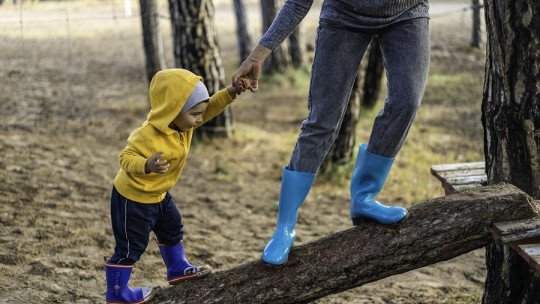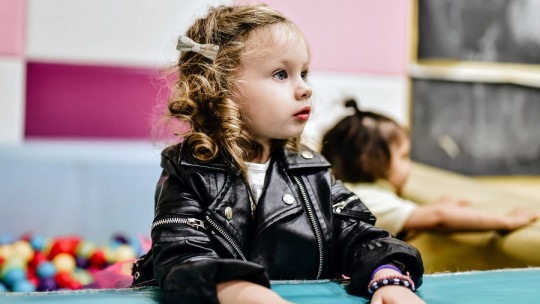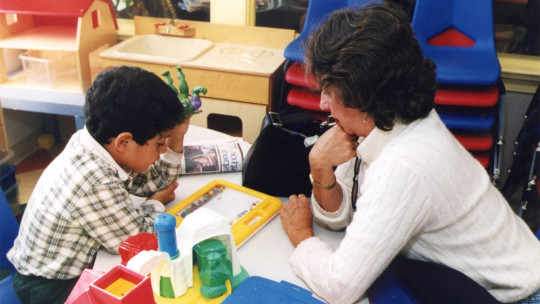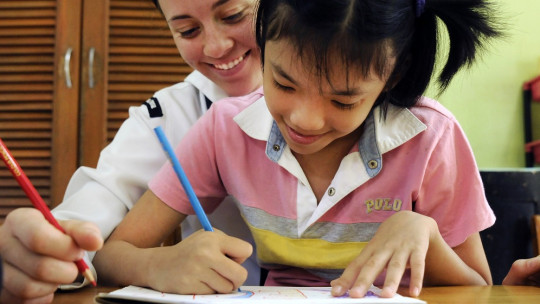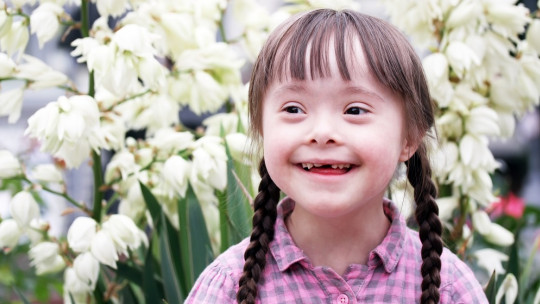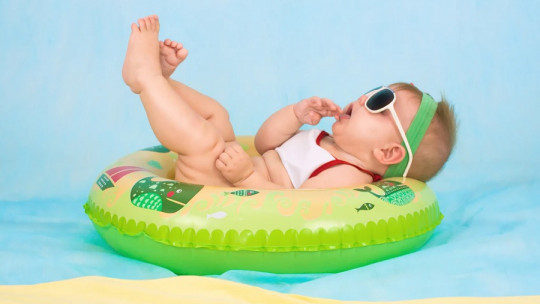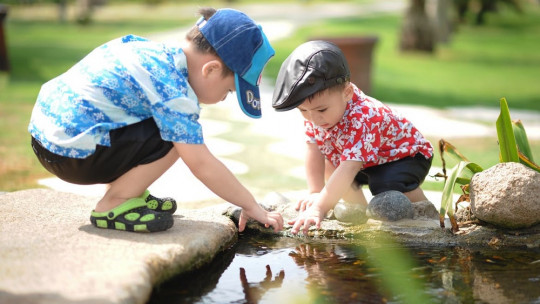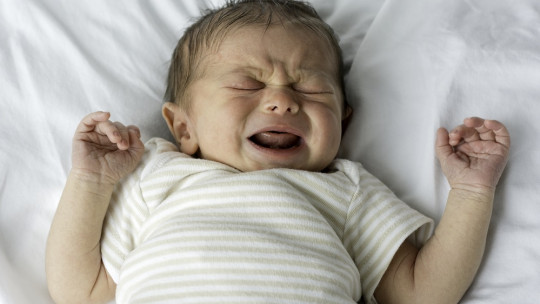
Gross motor skills are what allow us to perform long-range movements with the participation of different muscles and the intervention of balance, agility, strength and speed involved in each movement.
Typical gross motor movements are walking and jumping or more complex activities such as cycling or swimming, that is, movements that require the functioning of a large number of muscles. When a disease occurs that affects gross mobility, this ability is limited, which is observed in individuals with a lack of coordination, with clumsy, slow and imprecise movements.
In this article We will see what the definition of gross motor skills is pointing out its most typical characteristics, which brain areas are involved in movement and some of the alterations or disorders that affect this type of motor skills.
What is gross motor skills?
Gross motor skills are a type of psychomotor skills that allows you to perform long-distance movements such as moving your arms or legs and that involve the participation of different muscles of the body, the agility, strength and speed with which each movement is performed being also important.
Likewise, this type of motor skills allows us to maintain balance and make changes in our body position in a coordinated manner. Compared to fine motor skills, these are somewhat less precise movements and more linked to strength.
Thus, the movements that we can perform through the function of gross motor skills will be walking, jumping, running, swimming, and cycling, among others We see that this is a skill that encompasses different more or less complex actions; For this reason, a development process will follow that will begin in childhood. The child begins crawling and will mature until he can perform more complex activities such as riding a bicycle.
Gross motor development process
The process of development of this type of motor skills continues two psychophysiological principles: the cephalo-caudal and the proximal-distal The first refers to the vertical axis that goes from the head to the coccyx bone, and the second is associated with the horizontal axis from the central point of the body to the extremities. In this way, first the head will move, then the arms, then the hands, the abdomen, the legs and finally the feet.
In reference to children, The Denver Developmental Test is used to measure the progress of both gross and fine motor skills as well as language, personality and social development, from the first month of life to 6 years of age.
Correct development of gross motor skills in healthy children
The correct evolution of motor skills in children is as follows.
It has been proven that Gross motor skills are essential so that children can move around to explore, thus discovering the environment around them It has also been seen as important for the development of learning and attention skills, since it allows training visuospatial abilities, lateral integration, orientation… abilities related to cognitive functions, especially reading and writing.
It should also be noted that gross motor skills begins to develop before fine motor skills which encompasses the performance of smaller, more precise movements with greater control, requiring smaller muscles.

Brain regions involved in gross motor skills
The lobe that is most related to movement is the frontal lobe, although there are also others involved, such as the parietal. Like any motor function, it consists of a primary motor area and association areas; The primary motor area is number 4 according to Brodmann’s classification, and the association areas (also called “premotor” in this case) are Brodmann’s 6 and 8.
Different phases are necessary to carry out voluntary movement First, the preparation or planning of the objective will take place. In this first phase, the dorsolateral area of the prefrontal cortex intervenes, responsible for intention and planning; And the medial area of the prefrontal cortex, used for attention and motivation, and the posterior and crossroads cortex, which provide sensory information.
Another necessary phase for optimal movement is programming in this the different regions of the premotor area will mainly act to create a motor program taking into account the spatio-temporal patterns, the desired direction and temporal sequencing.
The last phase is the realization ; The primary motor cortex takes care of it, which is what generates the order, which is sent to the spinal cord to initiate voluntary movement. In this way, it determines the basic characteristics of the movements and adapts them to the different environmental conditions.
The cerebellum is another important region for movement, since it has the function of making adjustments in it, also regulating posture and muscle tone and thus allowing correct balance.
Pathologies that affect gross motor skills
There are different disorders that affect the correct performance of movement which present different variations depending on when they developed and whether they are acquired or whether the patient already had the condition from birth, or whether an increase or decrease in mobility appears.
The fifth edition of the Diagnostic Manual of the American Psychiatric Association (DSM 5) classifies different motor disorders, among which we find developmental coordination disorder This is defined as an alteration in motor skills that are below what is expected given the age and learning opportunities that the child has had. Thus, the child will show clumsy execution of movements with slowness or imprecision in their execution.
This disorder appears during the period of development, observing that children who suffer from it stumble and fall more easily than usual, have difficulty picking up and handling objects and have muscle hypotonia, which consists of weakness in muscle tone, flaccidity .
The manual also describes the stereotyped movement disorder, which makes references to aimless and apparently guided repetitive motor behavior. For example, you may notice flapping arms, swaying your body, or a tendency to hit your head. Thus, it will be necessary to indicate whether self-injurious behavior occurs and whether the affectation is mild (if it disappears with stimulation), moderate (if it is necessary to use protective measures) or severe (when it requires continuous monitoring to avoid serious injuries).
Finally, the third disorder classified within motor disorders in DSM 5 is tic disorder It is characterized by repetitive, rapid, recurring and non-rhythmic movements, which may be simple motor movements (such as blinking), complex motor movements (such as jumping), simple vowels (which consist of making meaningless sounds or noises) or complex vowels (where repetition occurs). of words). Of the different tics mentioned, the most frequent are motor ones.
Different types of tic disorders will be diagnosed depending on the type of tic present and the duration of these disorders Thus, Tourette’s disorder presents multiple motor tics and at least one vocal tic, which persist for more than a year and have their onset before the age of 18.
Another type is persistent tic disorder, where motor or vocal tics appear, requiring that they last more than a year, and which begins before the individual is 18 years old.
Finally, transient tic disorder shows motor and/or vocal tics, but these last less than a year, also starting before the age of 18.
- Related article: “Afferent pathway and efferent pathway: the types of nerve fibers”
How to treat alterations in gross motor skills
Given the difficulty that arises in executing certain movements, it will be essential to work and train to achieve improvement and thus also help to present more confidence and self-assurance. Thus, Different activities are carried out both in the health professional’s office and at home with the help and collaboration of parents
Materials, dynamic and entertaining games for children that help them with motor practice, can be the parachute, which consists of a fabric that allows them to play in a group, thus improving motor skills and coordination; the motor route, which allows you to gain self-confidence; or the shape circuits, where you can work on laterality, coordination and balance.
You can also exercise using more common movements without the need for material; for example, through routines such as going down stairs, walking on heels or jumping. We can start with simpler exercises and increase the difficulty as we gain confidence and security.

